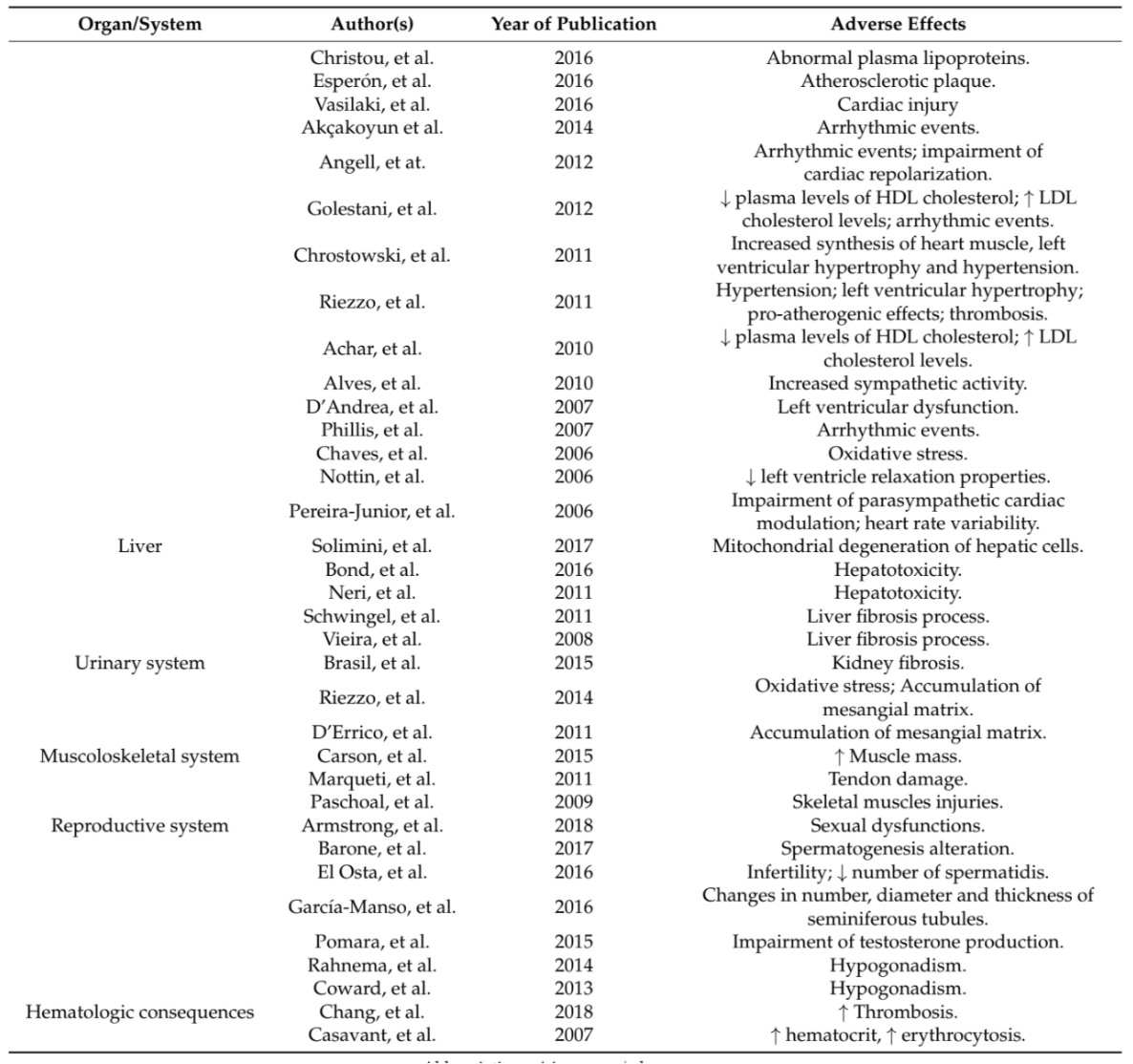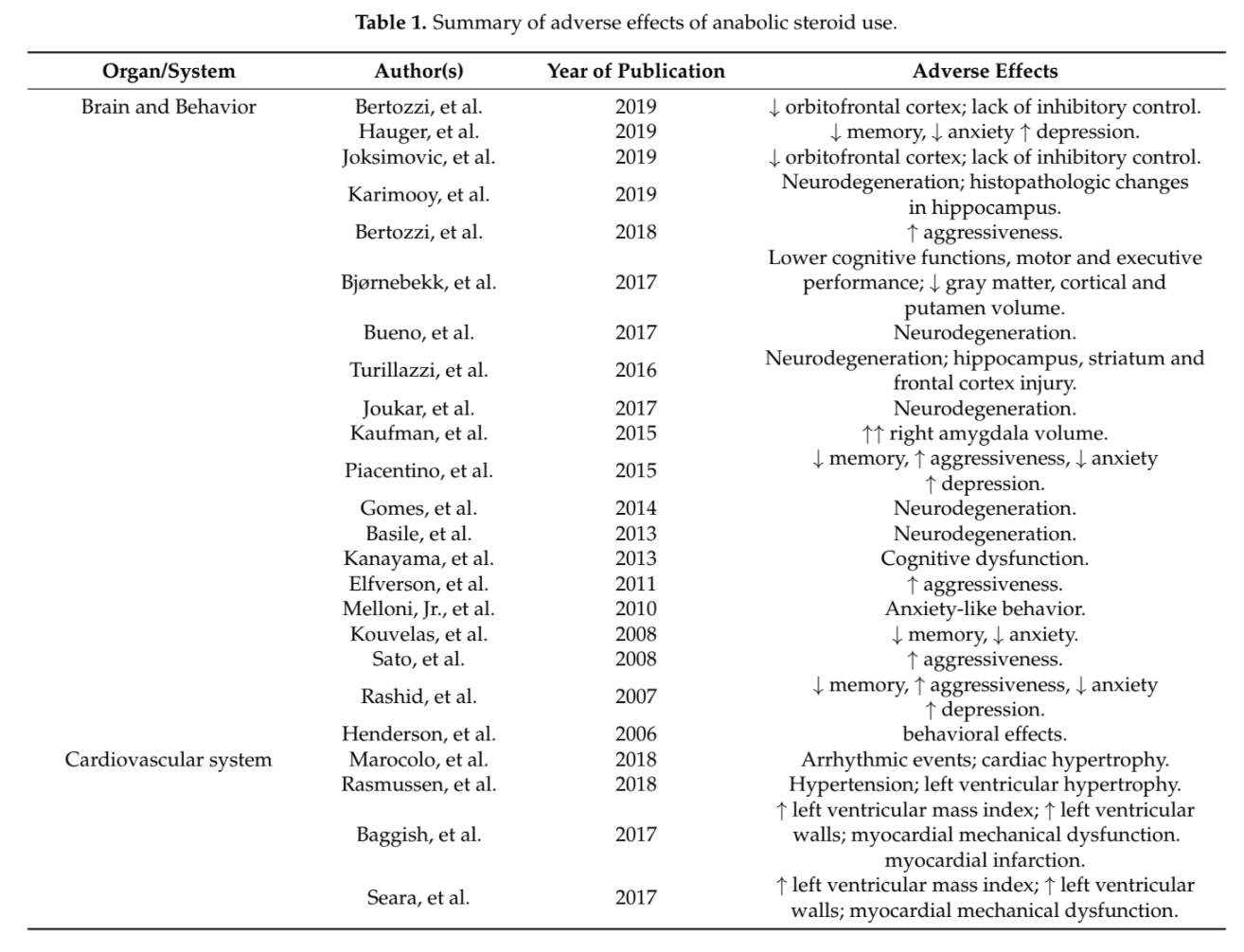If You Use AAS Consider Telmisartan
Jul 07, 2022
Prophylactic - A drug intervention used as a preventative means to decrease the risk for harm or disease.
So you’ve decided you want to use steroids, but you want to follow a harm reduction model that minimises the long term risks of their use and the deleterious effects they may have on your health.
First let me say, I am not a doctor, and this is not a prescriptive piece of writing, but rather just some thoughts to have you think about your approach to PED use.
Often the case is in our cohort, people will use a particular drug to gain a benefit and then when experiencing unintended side effects, they turn to a secondary drug to ‘fix’ the issue caused by their initial drug of choice or dosage of choice. It is a flippant reactionary decision and one that is not a part of the harm reduction or safer use model.
In short - don’t break the system first, only to then band-aid the problem you caused. Instead, consider just not breaking it, to begin with.
So why may I then be writing an article on the proactive use of a drug, namely Telmisartan in this case, in order to attenuate or ameliorate unintended side effects of steroid use when one may argue that you can fix or manage them in a more naturalistic manner.

I will get into what we are trying to fix below, but for now, we are talking about things like dietary control, aerobic exercise, rest, and stress management.
Well, all of those things are still encouraged to be engaged in, as they are all low hanging fruit in regards to the benefits they offer, but they don’t offer everything.
In fact, one could argue that the synergistic coupling of the naturalistic approach, alongside the pharmacological approach, may offer an even better result than monotherapy of each camp on their own.
And yes, we could say “just don’t take steroids to begin with”... yes that will work too. But what if you want/need to take them to achieve your goals but you also care about your health?
The reality is, with anabolic androgenic steroid (AAS) use, there are some potentially unavoidable physiological changes that occur ‘under the hood’ as my friend Broderick Chavez says, that the aforementioned 4 naturalistic interventions may not impact significantly enough to attenuate the deleterious impacts of AAS use in a supraphysiological manner. While aerobic health, dietary balance, rest and stress management are all beneficial, they are by no means the panacea.
And neither is Telmisartan either.
But when combined together, the pharmacological intervention used in conjunction with the naturalistic intervention, may provide a far stronger synergy than one or the other alone.
Remember...
Prophylactic - A drug intervention used as a preventative means to decrease the risk for harm or disease
The prophylactic use of Telmisartan here is not to ‘fix’ an AAS induced health concern, but rather as a potential preventative for the deleterious health effects AAS will likely have on you in the long term
That’s what this article is about, how can we decrease the likelihood of major health concerns despite the long term use of AAS?
Now… to do that, we need to first understand what some of the potential negatives of long term AAS use are.
There are arguably at least 8 undeniable health systems that are negatively impacted one way or another by the use of AAS, but in this article, I'm going to hone in on the top 3. Those being:
1.Cardiovascular pathology
a) Left Ventricular Hypertrophy (LVH)/Reduced Ejection Fraction (EF)/Collagen perfusion/Arterial plaque
2. Renal pathology
a) Reduced GFR (filtration)
3. Brain pathology
a) Amyloid plaque/neurodegeneration
The other 5 being the reproductive, musculoskeletal, liver, histological and urinary systems/organs.
Below are some of the common side effects associated with the use of AAS in a supraphysiological manner covered in a review by Albano and colleagues in January 2021.


Yeah… There are a lot, and no, using AAS is not a benign activity so let’s not downplay the importance of understanding your risk to reward ratio here when using AAS.
So why Telmisartan and what is it exactly?
Telmisartan is one of multiple drugs that come under the heading of Angiotensin Receptor Blockers (ARBs). ARB’s, alongside other drugs known as ACE (Angiotensin Converting Enzyme) inhibitors, are a class of drugs that are historically used to treat hypertension (high blood pressure), however, they act slightly different to each other.
ACE inhibitors come in early on to prevent the conversion of Angiotensin I into Angiotensin II while also relaxing the arterial walls. Whereas ARB’s don’t prevent the production of Angiotensin II, but rather, its action at the receptor.

Now here is why that is important…
Angiotensin is up regulated in exogenous hormone users and those suffering from high blood pressure (hence the medication intervention) and is responsible for agonising Aldostereron, causing sodium and water retention.
In short… The action of Angiotensin II is what may be driving steroid-induced pathologies. However, we, unfortunately, don’t have a lot of direct research on this cohort, so we need to look at how Angiotensin manipulation has been beneficial to other populations suffering from high Angiotensin II levels.
Across an abundance of research papers in both hypertensive patients and normotensive patients, the use of an ARB and the inhibition of its action at the receptor have been shown to:
- Decrease blood pressure (via aldosterone inhibition and improving endothelial function)
- Reduce risk for LVH via the interaction of AGTII and LVH
- Also shown to regress severity in LVH suffering patients
- Inhibit hypervolemia
- Decrease hematocrit
Secondary to this, Telmisartan specifically, has also been shown to have a relatively moderate affinity (reportedly 30%) for attaching to multiple health-promoting receptors known as PPAR’s. This affinity to particular PPAR’s may also mean that Telmisartan can:
- Improve glucose tolerance and utilisation
- Improve insulin sensitivity
- Potentially neuroprotective
- Improve fatty acid metabolism
- Reduce LDL
- Reduce the risk for cardiac hypertrophy
And when you look at all of the above-proposed benefits, while cross-referencing it with all of the known pathologies of AAS users in the 2021 Albano et al review, you can see a lot of crossovers.
So again… while this is not a prescriptive piece, and I am not a doctor, perhaps you may consider talking to your doctor about the above if you are an AAS user trying to mitigate the known side effects of long term AAS use.
• Cardiac protective
• Neuroprotective
• Renal protective
Your heart, your brain, and your kidneys… 3 organs you definitely don’t want to be actively hurting.

